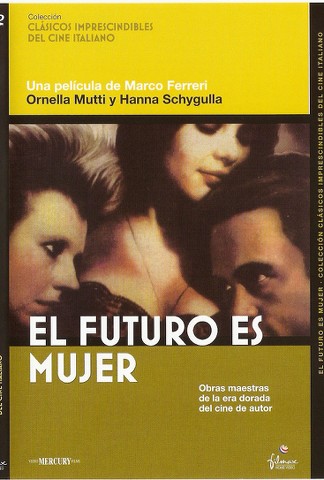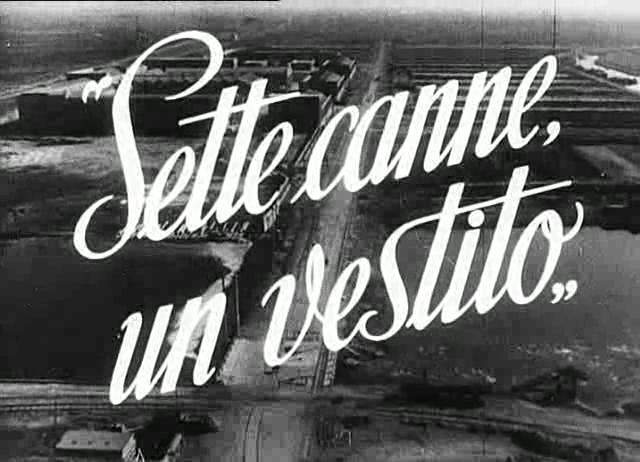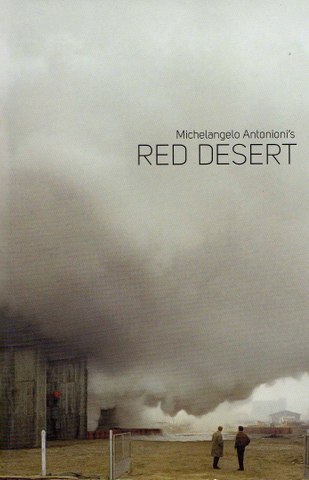Plot summary
This is the story of a couple who do not want to have children of their own, and a pregnant, single woman who needs a home for awhile, the relationship between the three protagonists is strange, at the very least. After Anna (Hanna Schygulla) and Gordon (Niels Arestrup) invite the expecting Malvina (Ornella Muti) to live with them, Anna becomes neurotically jealous and attempts suicide but is thwarted and in the end decides she really wants to be there for the baby when he/she comes into the world. Rather than trying to get rid of Malvina and the baby, both Gordon and Anna are in agreement on keeping it.Read More »
Italy
-
Marco Ferreri – Il Futuro è donna AKA The Future Is Woman (1984)
1981-1990DramaEroticaItalyMarco Ferreri -
Giorgio Stegani – Il sole nella pelle aka Summer affair (1971)
1971-1980DramaGiorgio SteganiItalyRomancePlot summary
A billionaire auto magnate’s virginal teenage daughter fall in love with a free-spirited young man. This romance is one that her parents vehemently want to prevent. Lisa(Ornella Muti) is veru curious to explore her new-found feelings of desire, but her father forbids Lisa to see Robert(Alessio Orano). In their desperation to be together alone, they steal her father’s boat and set sail to a deserted, isolated island.Read More » -
Bernardo Bertolucci – La Luna (1979)
Drama1971-1980ArthouseBernardo BertolucciItaly
Quote:
Bernardo Bertolucci’s infamous Oedipal tale about a self-absorbed opera diva and the incestuous love she exhibits towards her deeply troubled teenage son was panned by critics upon its release, with Vincent Canby of the New York Times referring to it as “one of the most sublimely foolish movies ever made by a director of Mr. Bertolucci’s acknowledged talents”, and Roger Ebert unabashedly proclaiming that “Bertolucci has sprung his gourd this time.” Nowadays, Luna is considered an undiscovered masterpiece Read More » -
Donatella Baglivo – Andrey Tarkovsky in Nostalghia (1984)
1981-1990Andrei TarkovskyDocumentaryDonatella BaglivoItalyQuote:
Shot on the film’s set, gives a fascinating insight into the making of Nostalghia and includes interviews with Tarkovsky, the cast and crew.Read More » -
Michelangelo Antonioni – Sette canne, un vestito (1949)
1941-1950DocumentaryItalyMichelangelo AntonioniShort Filmshort documentary on the production of rayon, shot in Torviscosa (Italy). It portrays the production of this new synthetic fabric in the small town of Torviscosa, entirely built following strict fascist canons.Read More »
-
Michelangelo Antonioni – Lo Sguardo di Michelangelo AKA Michelangelo Eye to Eye (2004)
2001-2010ArthouseItalyMichelangelo AntonioniShort FilmSilentQuote:
By the time Michelangelo Antonioni released Michelangelo Eye to EyeBeyond the Clouds in 1995, his keen sense of patient, intimate observation had seemed to give way to a kind of leering, gratuitous voyeurism in the film’s repeated, over-lingering shots of the female form. It is, however, precisely this painstaking attention to the voluptuousness of form and tactileness of surfaces that makes his subsequent short film, Michelangelo Eye to Eye particularly sensual and textural in its execution. Prefaced with a text description of the filmmaker’s recent health problems (in particular, a debilitating stroke that left him partially paralyzed), the film opens with a shot of a frail Antonioni emerging from the shadows as he walks in slow, awkward gait into an unpopulated hall where Michelangelo Buonarotti’s marble statue of Moses – a scaled down version of an ambitiously conceived wall tomb for Pope Julius II – is once again in display after a period of meticulous restoration. Composed of a series of detailed observations of the sculpture’s composition from several camera angles and vantage points, Antonioni continually refocuses to the shot of Moses’ opaque gaze – an image that is sublimely matched by the filmmaker’s own occluded, returned gaze as he examines the object of his attention through limpid, watery eyes. In addition to creating a thorough, meticulous, and deliberative objective study of the Renaissance sculpture’s robust physical form and timeless, universal beauty, Antonioni’s juxtaposition of his own weakened, aging frame against the larger-than-life sculpture of Moses creates an indelible, thoughtful, and poignant image on human frailty, transience, creative compromise, and the enduring legacy of – and mortal transcendence through – enlightened art.
filmref.comRead More » -
Michelangelo Antonioni – Il Grido AKA The Cry (1957)
1951-1960DramaItalyMichelangelo AntonioniOne of Antonioni’s most important films and a precursor of L’AVVENTURA, IL GRIDO has gained in stature over the years to the point where it overshadows some of his better known works. (Its images and atmosphere are amongst the most indelible in all Antonioni.) An imposing portrait of a worker who wanders the Po Valley with his little daughter after his wife leaves him, IL GRIDO is one of the director’s personal favourites: “When I saw IL GRIDO after some time,” Antonioni said, “I was stunned to find myself faced with such nakedness, with such great solitude. It was like what happens on some mornings when we look in the mirror and are startled by the reflection of our own face.” “IL GRIDO attains the perfection of a masterpiece. . . Indeed, it is a classic of cinematography, and certainly one of the most significant films of recent years” (Pierre Leprohon).Read More »
-
Michelangelo Antonioni – Il deserto rosso AKA Red Desert [+Extras] (1964)
1961-1970ArthouseDramaItalyMichelangelo AntonioniQuote:
Feb. 19, 1965
Red Desert is at once the most beautiful, the most simple and the most daring film yet made by Italy’s masterful Michelangelo Antonioni, a director so prodigiously gifted that he can marshal a whole new vocabulary of cinema to reiterate his now-familiar themes. The new element of Antonioni’s art is color. In Red Desert he shows a painterly approach to each frame; indeed he had whole fields and streets sprayed with pigment to produce precise shades of mood and meaning. Never has so bleak a vision of contemporary life been projected with more intensity, from craven yellow and life-brimming green to violent, passionate crimson and the grey of total despair.Read More »
-
Michelangelo Antonioni – L’Avventura (1960)
Drama1951-1960ArthouseItalyMichelangelo AntonioniJonathan Rosenbaum, Chicago Reader wrote:
The controversial, highly charged 1960 masterpiece that put Michelangelo Antonioni’s name on the international map. It’s a work that requires some patience–a 145-minute mystery that strategically elides any conventional denouement–but more than amply repays the effort. The ambiguous title adventure begins on a luxury pleasure cruise. The disconsolate girlfriend (Lea Massari) of a successful architect (Gabriele Ferzetti) mysteriously disappears on a remote volcanic island, and the architect and the woman’s best friend (Monica Vitti) set out across Italy looking for her, becoming involved with each other along the way. In the course of their epic travels, Antonioni paints a complex portrait of a crisis in contemporary values and relationships. His stunning compositions and choreographic mise en scene, punctuated by eerie silences and shots that linger expectantly over landscapes, made him a key Italian modernist director of the 50s and 60s, perhaps rivaled only by Rossellini. This haunting work–the first in a loose trilogy completed by La notte and Eclipse–shows him at the summit of his powers.Read More »








